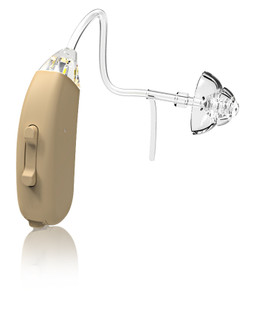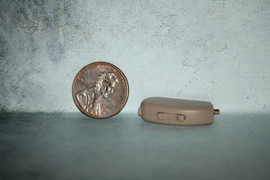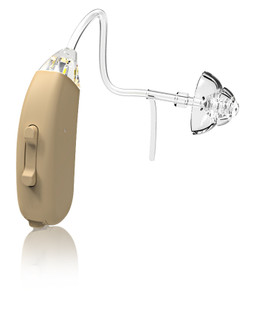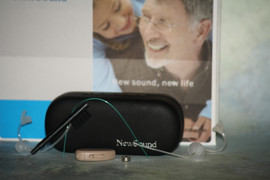Decoding the Myths: Debunking Common Misconceptions about Hearing Aids
Posted by DR Paul on Jan 11, 2024
Hearing aids have been around for many years, and yet many people still hold misconceptions about them. Some of these myths are so deeply ingrained in our culture that they've become widely accepted as the norm. This misinformation can be damaging to those who wear hearing aids and can cause them to feel embarrassed or self-conscious. Today, we're going to debunk these common misconceptions and give you the real facts about hearing aids.
Myth #1: Hearing aids are bulky and obvious
One of the most persistent misconceptions about hearing aids is that they are large and unsightly. While this may have been true many years ago, modern hearing aids are designed to be discreet and comfortable. There are now many different styles and sizes of hearing aids, from tiny in-the-ear models to more powerful behind-the-ear devices. Additionally, many hearing aids are now available in a range of colors to blend in with the wearer's skin tone or hair color.
Myth #2: Hearing aids are only for the elderly
Another common myth is that hearing loss only affects senior citizens. While it's true that hearing loss becomes more prevalent as we age, it can happen to anyone at any time. In fact, nearly 15% of adults over the age of 18 have hearing loss in some form. People of all ages can benefit from hearing aids, and more and more young people are choosing to use them.
Myth #3: Hearing aids restore hearing to normal
Some people believe that wearing a hearing aid will completely restore their hearing to normal. While hearing aids can help significantly improve hearing, they cannot completely replace natural hearing. Hearing aids amplify sound and can help people hear more clearly, but they cannot restore the full range of sounds that natural hearing provides. Additionally, they do not cure hearing loss or prevent it from getting worse over time.
Myth #4: Hearing aids are too expensive
Another common misconception is that hearing aids are prohibitively expensive. While it's true that some hearing aids can be quite expensive, there are options available to suit every budget. Additionally, many insurance plans now cover hearing aids, and there are organizations that provide financial assistance for those who cannot afford them. When you consider the long-term benefits of improved hearing, the cost of a hearing aid is a valuable investment in your health and well-being.
Myth #5: You don't need a hearing aid if you can get by without one
Finally, some people believe that if they can get by without a hearing aid, they don't really need one. However, this is not true. Living with untreated hearing loss can have many negative effects on your life, including social isolation, depression, and cognitive decline. It's important to seek treatment for hearing loss as soon as possible to prevent these potential complications. Even if you feel like you can get by without a hearing aid, you may be missing out on many sounds and experiences that you didn't even realize you were missing.
There are many misconceptions about hearing aids, but the truth is that they can greatly improve the quality of life for those with hearing loss. If you're considering a hearing aid, don't let these common myths discourage you. Instead, do your research and talk to a hearing healthcare professional to find the right solution for you. With the right hearing aid, you can enjoy all the sounds of life once again.










